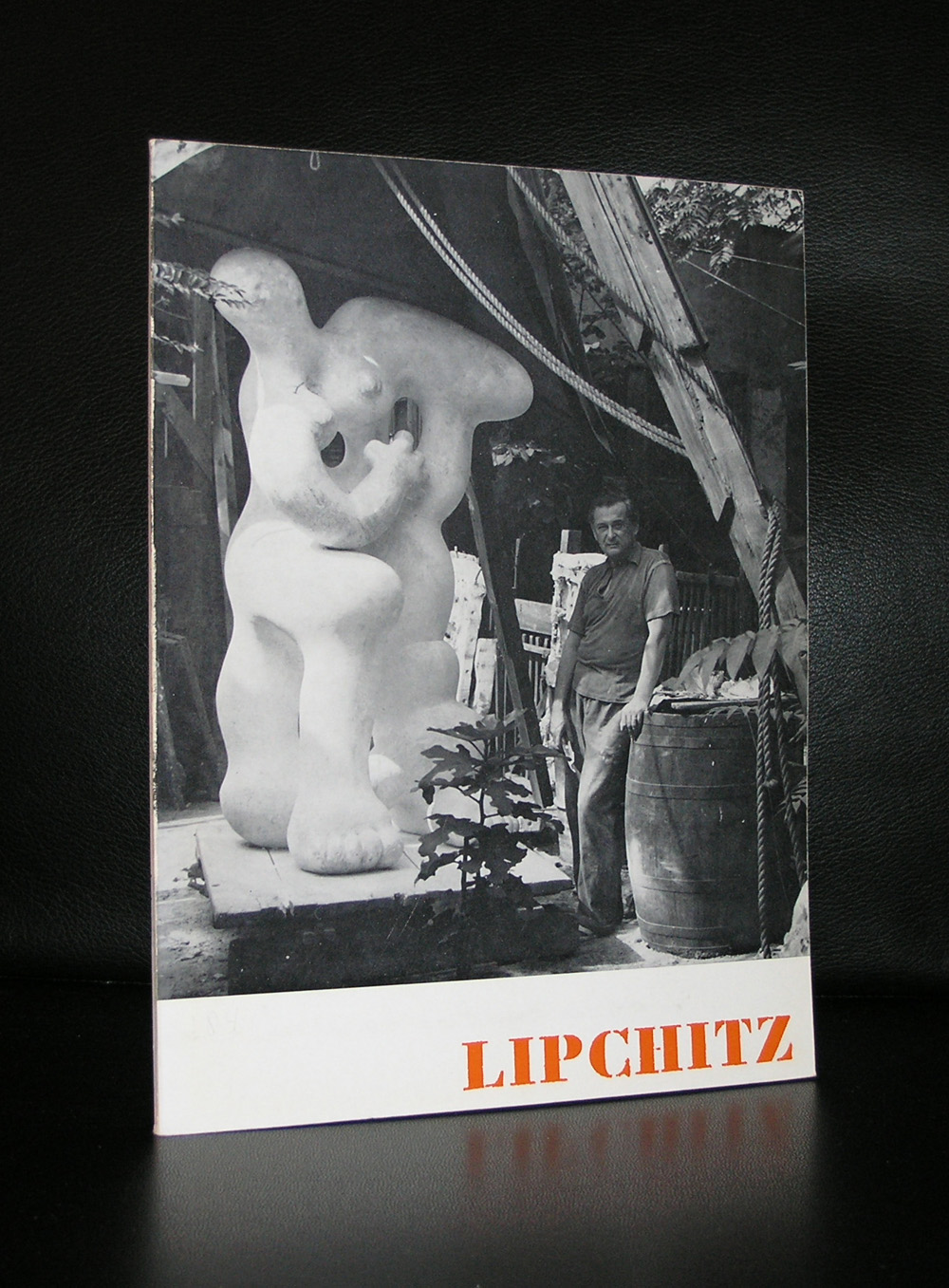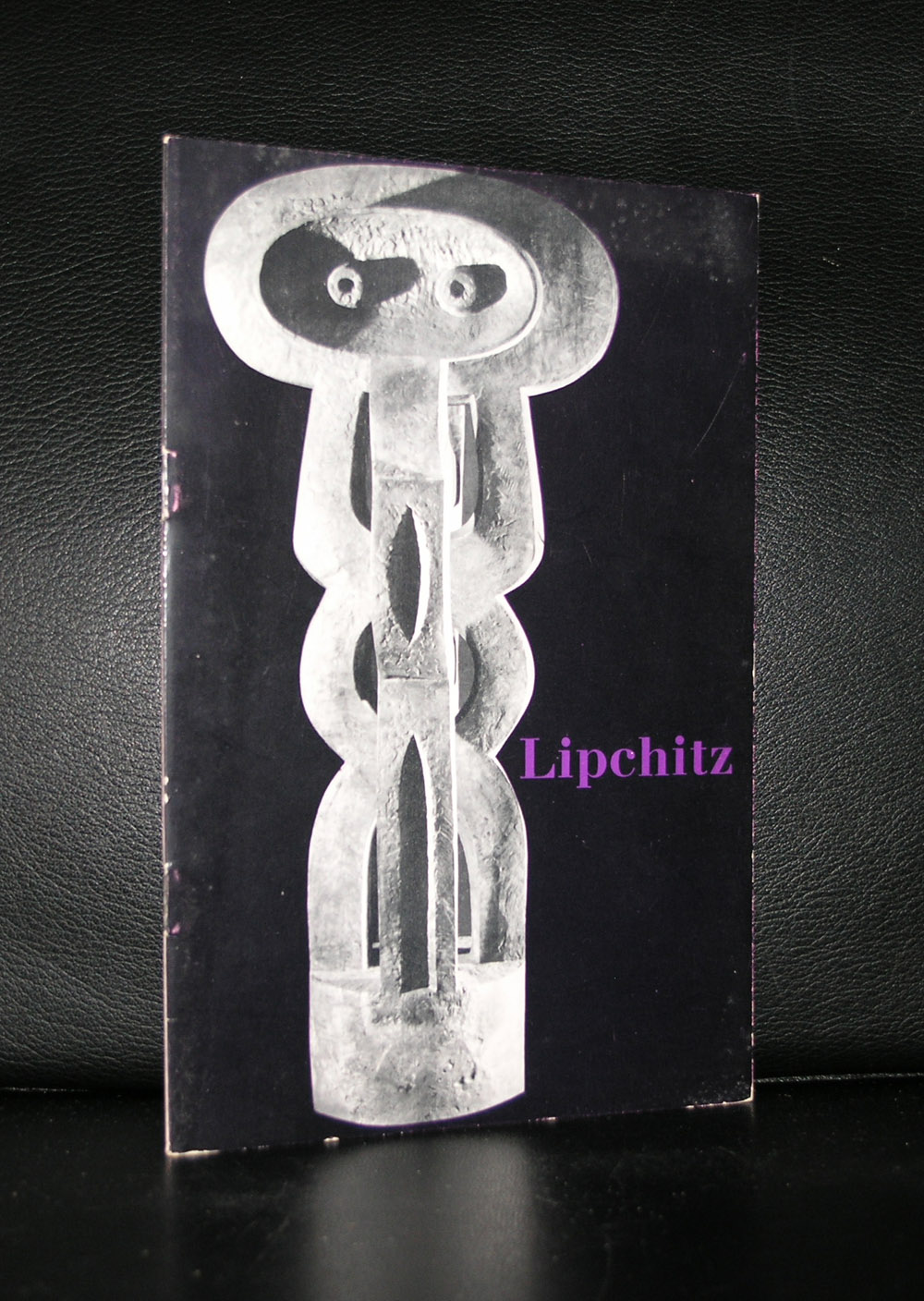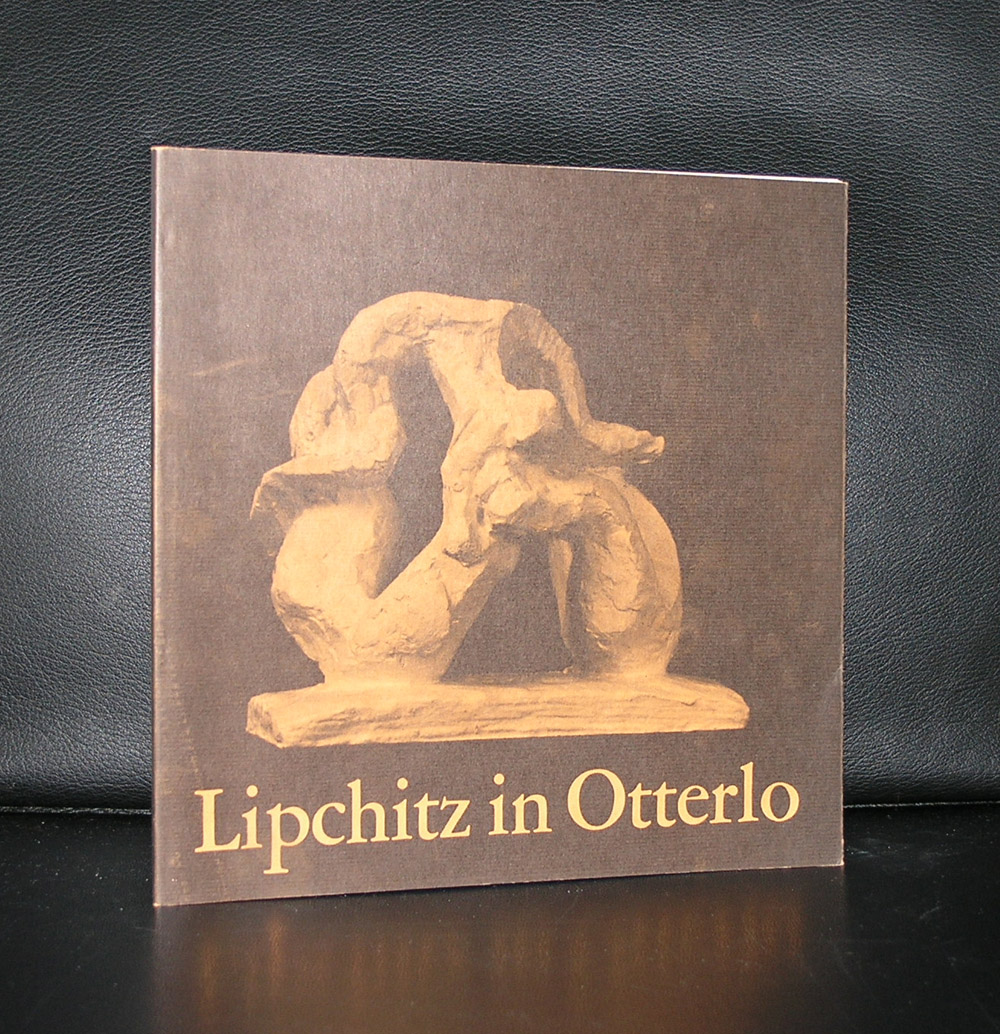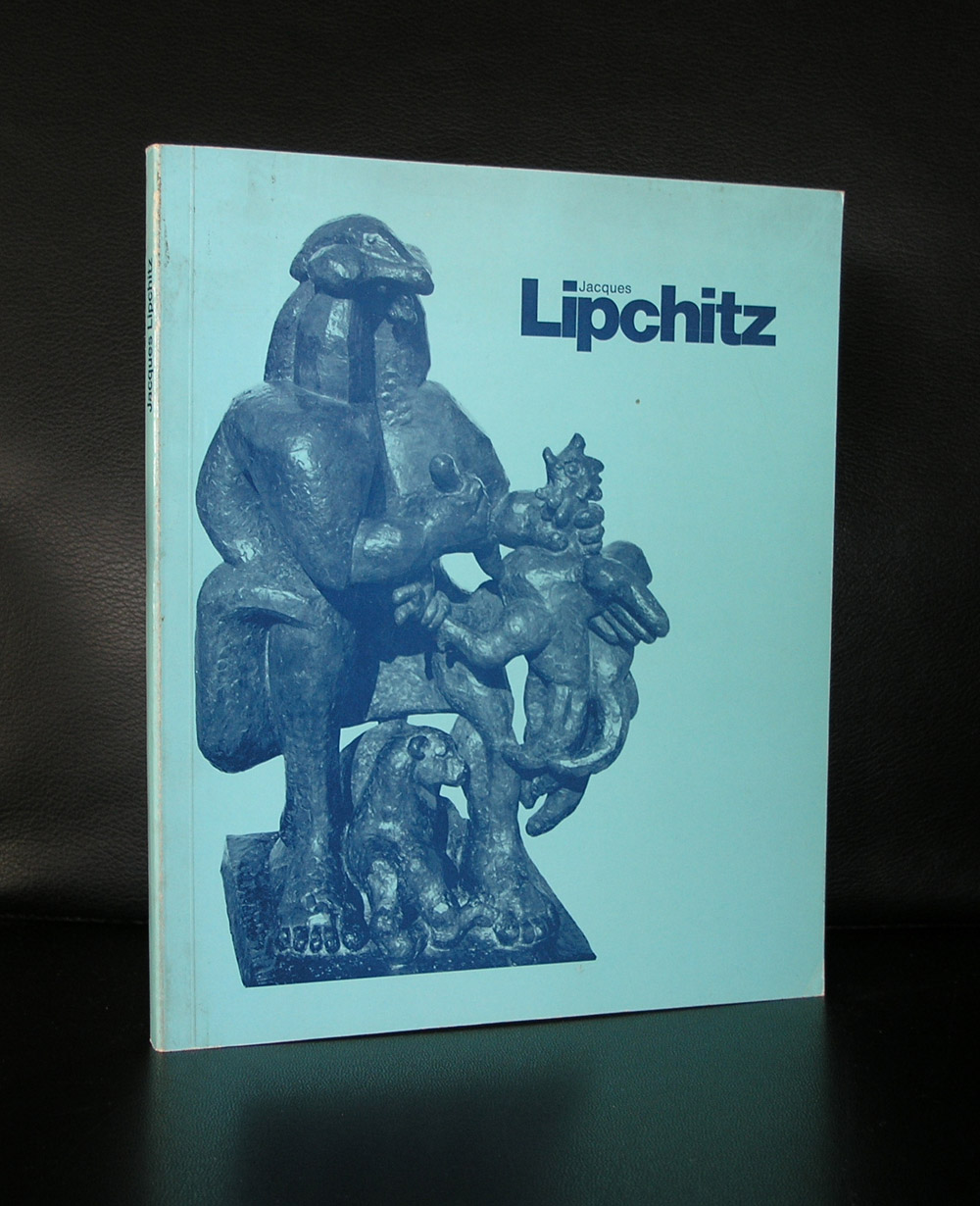
Renowned for his mastery of Cubist elements in depicting figures, portraits, and still lifes made of bronze or stone, Jacques Lipchitz rose to fame as a Lithuanian-born French sculptor. Mingling with the likes of Pablo Picasso, Amedeo Modigliani, and Juan Gris in the esteemed Montmarte neighborhood of Paris, Lipchitz’s artistic genius flourished. Born Chaim Jacob Lipchitz on August 22, 1891 in Druskinikai, Lithuania to a Litvak (Lithuanian Jewish) family, the burgeoning artist honed his craft at the esteemed École des Beaux-Arts and Académie Julian in Paris. With the advent of Nazi occupation, Lipchitz sought refuge in the United States during World War II. In 1954, he achieved milestone success with a retrospective exhibition, beginning at The Museum of Modern Art in New York and subsequently travelling to the Walker Art Center in Minneapolis, and finally to the Cleveland Museum of Art. To this day, Lipchitz’s works can be found in prestigious collections such as the Art Institute of Chicago, The Metropolitan Museum of Art in New York, the Tate Gallery in London, the Los Angeles County Museum of Art, and the National Gallery of Art in Washington, D.C. The artistic legend passed away on May 16, 1973 in Capri, Italy.
www.ftn-books.com has some nice Lipchitz titles available

































































